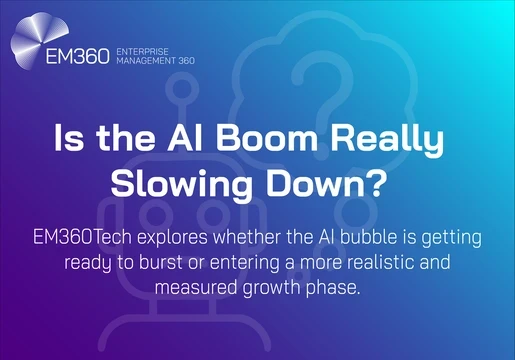A new AI tool from Harvard Medical School can accurately detect and analyze cancer cells.
The revolutionary new model is called the Clinical Histopathology Imaging Evaluation Foundation and known as ‘CHIEF’.
The model operates similarly to a ChatGPT chatbot and can diagnose cancer, guide treatment choice and predict patient outcomes. CHIEF's design comes from a team of scientists at Harvard Medical School. Their innovative approach leverages the AI algorithms to analyze medical images and provide more accurate and efficient diagnoses
The model was 36% more effective than other leading AI methods in cancer cell detection, tumor origin identification, predicting patient outcomes, and identifying the presence of genes and DNA patterns related to how patients respond to treatments.
Read: Google's Med-Gemini AI is here. Will it Revolutionize Healthcare?
Typically, AI systems are trained to perform specified tasks such as detecting cancer or predicting a genetic profile and only work on specific cancer types. However, this new model can perform these tasks simultaneously and was tested on 19 different types of cancer.

How does the CHIEF AI model work?
The chief AI model works by reading digital slides of tumor tissues. From there it is able to detect cancer cells and predict the molecular profile of the tumor based on the cellular features.
Through this, it is able to forecast patient outcomes across multiple cancer types and accurately identify features around the tumour microenvironment. These can influence a patient's response to treatments including surgery, chemotherapy, immunotherapy and radiation.
Read: What Is Health Technology
The team also reports that CHIEF AI appears to be able to generate novel insights including identifying specific tumor characteristics not previously thought to be related to patient outcomes.
The CHIEF AI tool was initially trained on 15 million unlabeled images before being trained on 60,000 whole-slide images of tissues of multiple forms of cancer. By training the model to look at both the whole image and specific sections of an image it learns to relate changes in one region to the overall context. This enabled a more holistic interpretation of the images.
The model was then tested on 19,400 whole-slide images from 32 independent datasets originating from 24 different hospitals across the world.
How will CHIEF AI Be Used?
The results of CHIEF AI testing add to the evidence that an AI-powered revolution is coming to healthcare, enhancing clinicians' abilities to identify and evaluate cancer as well as being able to tell earlier on if specific patients may not respond well to certain therapies.
Pending further testing, CHIEF AI will potentially revolutionize cancer detection and diagnosis. This, for example, would include screening for :
- cancer by analyzing mammograms to detect early-stage tumours.
- Lung cancer by analyzing CT scans to identify lung nodules that may be cancerous.
- Prostate cancer by analyzing MRI images to detect prostate cancer.
- Skin cancer by analyzing images of skin lesions to detect melanoma.
What is next for CHIEF AI?
Before CHIEF is released publicly, the Harvard Medical School team plans to further refine the model's performance and augment its capabilities further.
This will include conducting additional training that will mean the model can be used for rare diseases and non-cancer issues. This expanded training will also include more samples from malignant tissues before cells become fully cancerous.
By feeding the model more molecular data it will be better able to identify cancers with different levels of aggressiveness. The model will also be intentionally trained to predict the benefits and drawbacks of new cancer treatments alongside other standard treatments.







Comments ( 0 )